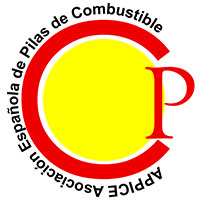ALKALINE FUEL CELL or AFC
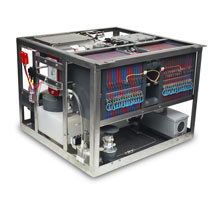
Power Generator Model E7
1.8 kW designed for
small fleet vehicles.
The electrolyte is potassium hydroxide concentrated at 35-50% for operating temperatures below 120 ° C, and can operate at 250 ° C when the concentration is 85%. Being a liquid electrolyte, it is necessary to use a matrix that holds it. The electrodes contain high contents in noble metals, platinum / palladium anodes and gold / platinum cathodes, being able to use a wide range of electrocatalysts, such as nickel, silver, metal oxides and spinels. The technology of these cells is highly developed, having already been used in space devices.
The fuel must be pure hydrogen. If there are traces of CO2, it is absorbed by the KOH and potassium carbonate is formed, which greatly reduces the efficiency of the fuel cell.
A bit of history
In 1902 Reid describes the operation of the first alkaline fuel cell, but it will not be until the 1930s that Francis Thomas Bacon (1904-1992) that this technology reaches enough development to start the first demonstration projects. Specifically, the improvement of F.T. Bacon consists of incorporating electrodes with gas diffusion and operating under pressure to prevent the electrolyte from flooding the pores of the electrodes.
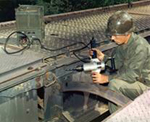
In the upper left corner, a 300 W portable module developed by the United States Army (1965)
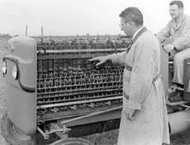
Tractor of Allis-Chalmers (1959)
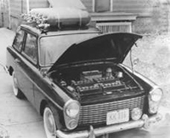
A-40 equipped with an alkaline fuel cell (1970)
F.T. Bacon with his AFC model.
Its development was a success when what was sought was an alternative to acid electrolytes and platinum electrodes.


The great advance would be achieved with the Apollo Project, after Gemini (in which polymer fuel cells were used with little success). Pratt & Whitney, an aircraft manufacturer founded in 1925, acquires Bacon’s patents and is awarded the NASA contract for this project. This technology was also used in the Soviet space programs (SOYUZ) and, later, by the Russian Space Agency in the BURAN Program.
NASA selects alkaline fuel cells because they achieve 70% efficiencies.
NASA scientists working on one of the three stacks of the Apollo ship (1964).
